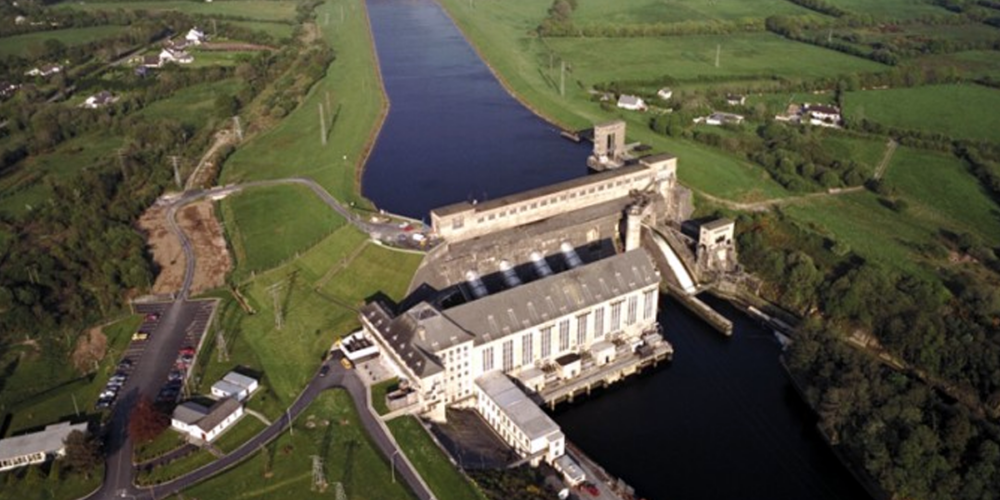In a speech delivered in November 1920, Lenin exclaimed the famous line: “Communism is Soviet power plus the electrification of the whole country.” In the sentences that followed, Lenin goes on to explain how such a plan has to be long-term, lasting at least a decade, with an army of experts brought in to work on it. Following up on the degrowth debates from the previous issue, we look back at the electrification of USSR, and we look forward at the future of electric power in the state of climate emergency and beyond.
In a world driven by idea of growth, raising demand, increasing need for computation, connectivity, transport, construction of new power plants, whatever their fuel might be, is mostly seen as an enabler for more growth, more consumption, and reinforcement of the current modes of exploitation. Corporations build their own power generators to sustain data centres, the private power sector sees space in nominally environmentalist policies for the exploitation of renewable energy sources, and state investment is caught in the same feedback loop of expecting economic growth and more private investment.
It is no wonder that many environmentally-conscious approaches to power generation take shape of small, communal facilities. Visions of community-managed resources aren’t new to the world or to Ireland, even when access to resources requires relatively complex technology: for example, group water schemes in rural Ireland have been a success story in that regard. Visions of relatively small generator facilities in a local community, close to where the users of its power live and work often appear as examples of degrowth futures. Where did the visions of Ardnacrusha go?
Ardnacrusha, the great Free State infrastructural project on the river Shannon in Co. Clare was underway at the same time as the Soviet electrification of the 1920s. At a scale only achievable by the state, Ardnacrusha power system remains a symbol of committed effort in establishing a national infrastructure: it took years of investment and work to put it in place, and once it was there it was the biggest such facility in the world. It is almost possible to romanticise Ardnacrusha construction from a left-wing viewpoint—with a lot of squinting, Ardnacrusha and the public campaign of its construction might resemble an ersatz Soviet construction project.
To reclaim the vision of such a project as the viable socialist future in the face of climate emergency, we need to go beyond the readily imaginable. It is easier to imagine building a small generator than a large one, because we know it is possible with our own effort as individuals or small groups. Government schemes often keep us in this trap of restricted horizon, supporting small-scale projects with little more than symbolic effects. The distrust of the state to build and manage large infrastructural projects and the fear that such change in energy sector is merely opening more space for more of the capitalist exploitation are rational arguments in the current system of the state. Examples of the state’s failure in infrastructural projects of transport or public health come to mind.
This is the reality of the capitalist state, but not of the post-revolutionary one. If the degrowth visions are to be carried into the dictatorship of the proletariat, we have the freedom and the duty to think beyond small, autonomous production units of currently imaginable self-management. Furthermore, with the establishment of central planning in the revolutionary state, the ideals of environmentalism regarding joint consideration of water, food, energy, and climate come naturally. In the capitalist state, such considerations will be rejected by the market until the bitter end.






